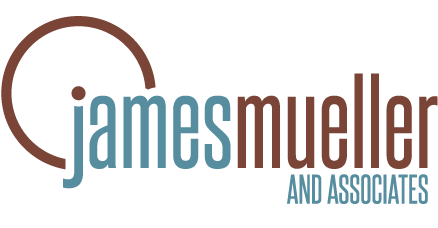Resist the temptation to fight employment trends. Find your flow.
When faced with skyrocketing attrition, nearly half of employees actively job searching, and boomers taking early retirement, it’s hard to be a leader today.
Atomic Habits author James Clear says, “Most situations in life have a tendency—a direction in which things want to flow. You can choose to go against the flow (just as you can choose to carry water uphill), but your results tend to be better when you find a way to work with the gradient of the situation.”
Clear’s idea that we should position ourselves to benefit from external forces rather than fight them feels like fitting advice when economic trends compete for a leader’s attention. So how do you start to work with the flow of evolving events rather than against them?
I’m reminded of a conversation I recently had with Susan Peirce, vice president of advancement for the Pine Crest School in Florida. Here’s a short sound bite:
Susan commented on how she appreciated my customized approach to advising her team. While I’m always humbled by positive feedback from a happy client, what occurred to me was that my customized approach is really a byproduct of striving to work with the flow of an organization. It’s not unlike what leaders strive for today. They’re constantly keeping an eye on the environmental landscape affecting the organization and nuances of their company culture. These observations inform how they might compensate for and capitalize on current trends.
Today’s external factors affecting workplaces are yet another set of influences leaders have to reconcile and leverage if possible. Leaders must lean into the strengths of their organization and find where these skills converge with the current climate.
Consider these two trends and the “flow examples” that align with the current working environment rather than fight it:
Skyrocketing attrition and active job hunting
Leaders must double down on the best ways they already connect with current employees. Perhaps you have a recognition program in place. Still, it’s important to go beyond that. Today, companies that are retaining employees truly engage them. Approach this as a conversation. Create safe, emotional space by being empathetic. Talk with your employees about what they want to achieve through their work. Discuss what excites them and what challenges them. Explore options to make them feel more connected, and offer the support they need to overcome their challenges. Just being available to listen can have a powerful effect.
Be sure to facilitate meetings—not just lead them. Be mindful of body language, and pay attention to disengaged team members. And when you work on performance, use a coaching method where you regularly engage with your team members throughout the year. If you don’t have techniques or practices that are working, bring in an expert who can help. Research tells us that an employer will pay twice a person’s salary to onboard and train a replacement. You can’t afford to neglect your connection capabilities. If you have middle managers, refer to my last blog. They are the critical connectors in a remote working world.
Boomers taking early retirement
Do you have seasoned employees looking to leave sooner rather than later? Consider offering remote or hybrid schedules if they aren’t already working in this fashion. Rather than lose someone suddenly, experiment with a graduated departure program that consists of a shorter workweek with a plan to gradually disengage from the company.
Explore a “return-ship program.” Much like an internship timeframe, a return-ship program is a great way to enlist nearly or newly retired employees to sign on for three to six months but in a consultation or training role.
While today’s employment trends are the source of much anxiety, stop, breathe, and examine your strengths and gaps. You are the calm in the center of the storm. If you can minimize the gaps and leverage your strengths to find a flow, you’ll soon experience a cascading effect throughout the organization.

